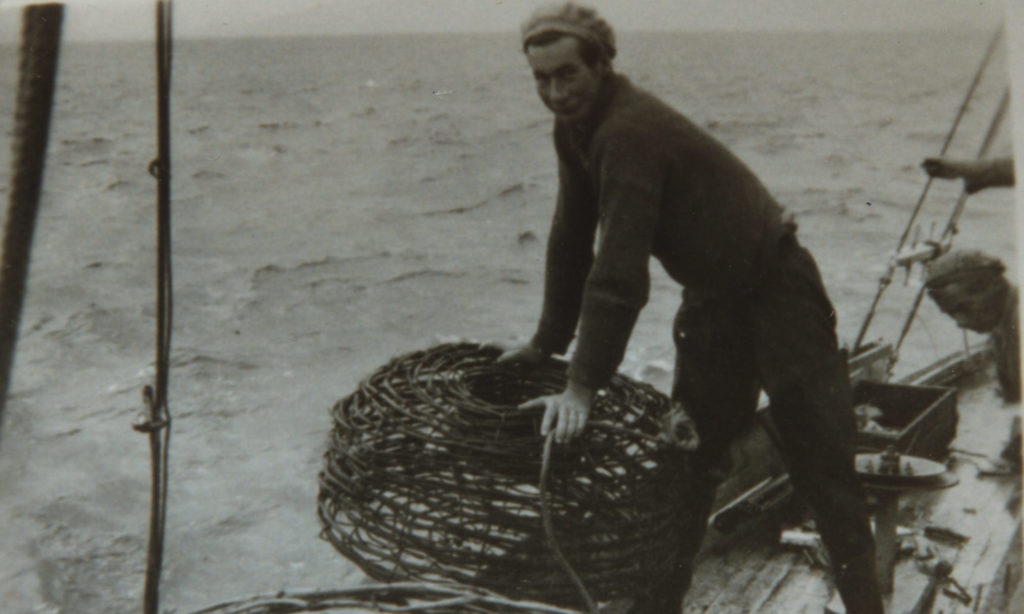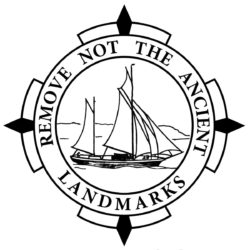(Note: This is a text excerpt. Refer to the newsletter PDF for the complete newsletter including images)
Although we have had a very cold winter, attendances at general meetings each month have been steady, averaging just below the 30 mark.
Notes from the past
Nautilus Estate fronting Anderson Inlet between 59 the Esplanade and Cuttriss St. .involved197 blocks each about 600 square metres on Nautilus road, Beilby avenue and the West side of Cuttriss street.
From “The Express Wonthaggi” Wednesday December 30th 1959, we read that the Nautilus Estate Inverloch derives its name from a shell.
“Thousands of the shells were being washed ashore at Inverloch last May. The shells brought from10 shillings to one pound a pair. One enterprising couple collected 70 by the lights of a tractor and sold them next morning at the Dandenong Market.
Middle aged women waded waist –deep into icy water to reach the shells ahead of shore bound seekers. Thousands of seagulls feasted on the squid, which were prised out of each shell and discarded by the collectors. The Nautilus shell is the egg case of a female paper nautilus. It is a temporary “house” loose on the body and constructed by the female to protect her eggs. It is not a shell in the strict sense. The top of the shell has hard brown ridges that pale to white. The shells vary from delicate pink to pearly white and measure about six inches by four inches.”
Another item from the 1959 Wonthaggi Express informs us that “In 1947, Inverloch had 491 permanent residents. By 1954 the number had increased to 597. Today the total is just over 1,000. The increase since 1954 has been chiefly due to the numbers of people, particularly South Gippsland farmers, who have moved to Inverloch to retire. They are in idyllic surrounds, and still not so far away that they cannot keep an eye on their farms.”
Image: Shells collected at Venus Bay Beach about 20 years ago
Guest Speaker – St John’s Ambulance & SES
Our Guest Speaker for July was Rod Phillips. Rod told about his long involvement with St John’s Ambulance and the SES.
Rod has lived in Inverloch for almost 58 years. His main topic today was how Rescue services have evolved over time.
Back in the early 60s, he and his brother saw an urgent need for a rescue service, there were no helicopters, everything was done manually. A small group met but had little idea of how to set up such a group. One day they saw an advertisement in a local paper inviting people to a meeting in Wonthaggi regarding Rescue Services. On entering the meeting venue they saw a sign indicating the place for a first aid class. When they enquired as to where the rescue services meeting was to be held, they were told that they were in the right spot but they would have to do the St. John’s Ambulance first aid class as a pre-requisite before becoming a member of a Rescue group. As a result, Rod was a member of St. John’s Ambulance for the next 32 years.
He joined Westernport St. John Rescue Squad and operated in that area for a time. After a while the Wonthaggi St. John group was formed and it included Ray and John Drowley. This group ran for quite some time. In those days all of your equipment was provided by yourself, there was no Government funding and it was hard to keep the Squad rolling.
When the SES was invented all St. John rescue units, overnight, were re-badged and became SES.
Inverloch SES: Originally, local garage owner, Les Harmer was a one man Search and Rescue squad, however Les needed support, so the Anderson Inlet Squad began, and it was affiliated with the National Safety Council. The Squad eventually returned to the SES umbrella when the NSC faded away.
Image: Rod Phillips talking with Beryl Millman and John McLean
To finance a Rescue Boat, a number of local fund raising activities were held. Before the Squad had its own boat, a private boat was used.
Eventually they managed to buy their own boat, however, the SES claimed ownership of the vessel. This proved to be beneficial as there had to be an audit each year and there were a lot of costs involved. These bills for these costs could be sent to Melbourne.
The group relies on Australian Marine Safety Authority (AMSA) regulations. They lay down the law. Rod said that the service we have here now is comparable with anywhere else in the State, in particular, Coastguard Units. He also said that SES members are volunteers, but could also be known as unpaid professionals Rod said that he was proud of the service in the area. In particular he mentioned Les Harmer for what he did for Inverloch, he can’t be thanked too much.
Rod told about an incident which occurred when a boat with a man and his wife on board had departed from Shallow Inlet for Waratah Bay when it ran out of fuel. It was during the night, the Police helicopter was called and they winched the man’s wife off the boat. The Inverloch SES boat began towing the boat back encountering heavy seas and rain coming in horizontally. It was a six and a half hour round trip and they used six and a half litres of fuel.
The Rescue Boat weighs four and a half tonnes and has to be towed by a truck .It is launched from the ordinary boat ramp and is stored at a shed in Bear Street. The local headquarters is upstairs in the shed at Bear street. They have a large area to cover which includes Wilsons Promontory. Water Police have overall authority, and the Leongatha and Wonthaggi SES units attend road accidents. Rod said that road accident trauma memories still affect him even though many years have passed.
Rod was thanked by Alison Brewster for his very interesting and important talk. We learnt a lot today about the people who voluntarily look after us in times of trouble. Rod was presented with a basket of fruit in appreciation.
Editor: Ian McBurnie

